It has become a popular trend in recent years to celebrate your pet’s birthday in a similar manner as you would your child or friend’s birthday. However, most animals age faster than humans, which means that your dog or cat’s birthday celebration may be highly inaccurate. An animal’s age equivalence in human years depends on an assortment of factors, such as the species, size, breed, and average lifespan. Some species utilize a simple formula that converts their age to human years, which we lay out in the below examples:
- 3.64 Cow Years = 1 Human Year
- 2.29 Deer Years = 1 Human Year
- 20 Hamster Years = 1 Human Year
- 2 Horse Years = 1 Human Year
- 7.27 Pigeon Years = 1 Human Year
- 5.33 Chicken Years = 1 Human Year
- 2 Bear Years = 1 Human Year
For other species, their age conversion may depend on additional factors. Given how dogs and cats are the most popular and common pets around the world, we break down their age conversions to help you determine the accurate age of your pet. Additionally, we detail how Dr. Bill’s products, such as our Ultimate Fitness & Health Supplements, help both your canines and felines live a longer, healthier life.
Recommended products
-
Canine Ultimate Fitness & Health
$37.99 – $69.99 — or subscribe and save 10% -
Feline Ultimate Fitness & Health
$32.99 — or subscribe and save 10%
Cat Years to Human Years
The average cat lifespan is around 13-to-17 years old, although they commonly can live to be much older. Additionally, indoor cats are usually observed to live much longer than outdoor cats. Due to the fact that cats mature so quickly in the first year of their lives, converting feline years to human years isn’t completely straightforward. The first year of a cat’s life is equivalent to around 15 human years, and their second year is equivalent to around 9 human years; meaning that a 2-year-old cat is approximately 24-years old in human years. Beyond this point, once cats reach their third year, each additional feline year is roughly equivalent to 4 human years.
| Human Years | 1 | 2 | 3 | 4 | 5 | 6 | 7 | 8 | 9 |
| Cat Years | 15 | 24 | 28 | 32 | 36 | 40 | 44 | 48 | 52 |
A cat’s lifespan will vary based on their breed, genetics, lifestyle, preventative measures, and, most importantly, their nutrition. As adult cat’s progress into their senior years, the following changes may take place:
- Graying fur as well as a coarser coat.
- Cloudiness and discharge from their eyes.
- Decreased activity.
- Increased anxiety or confusion, which is shown through more frequent meowing.
- Yellow stains or tartar on teeth.
Dr. Bill’s Feline Cognitive Support can be a useful addition to Ultimate Fitness & Health if you are noticing negative changes in your senior cat’s behavior. Just like people, all cats will at some point experience mental decline. However, it has been shown that most cognitive dysfunction issues can be managed by replacing specific brain health ingredients. So, we recommend that all senior cats have Feline Cognitive Support added to their daily health regimen. By providing the specific 36 ingredients that feed the brain, thousands of cat owners have been delighted to discover that they were able to slow, and in many cases even reverse, the progression of cognitive dysfunction and keep their senior cat purring for a long, long time.
Dog Years to Human Years
A widely held belief is that 7 dog years is equivalent to 1 human year, however, this is a complete myth! Similar to cats, dogs mature at an accelerated rate during their first two years, which means that the first year of a dog’s life is comparable to 15 human years, and a dog’s second year is equivalent to 9 human years. Although, beyond this point, dog’s age at a slightly quicker pace when compared to cats, as each additional human year is equivalent to 5 canine years.
| Human Years | 1 | 2 | 3 | 4 | 5 | 6 | 7 | 8 | 9 |
| Dog Years | 15 | 24 | 29 | 34 | 39 | 44 | 49 | 54 | 59 |
Due to the vast variety of differing canine breeds, quantifying a dog’s relative age can be a bit more difficult. For example, larger dog breeds generally don’t live as long as they age at a accelerated pace when compared to their smaller dog counterparts. As senior dogs progress into their senior years, the following changes may take place:
- Graying fur and coat.
- Hearing loss.
- Arthritis and stiff joints.
- Cloudy eyes.
- Lower activity levels.
- Increased anxiety or confusion.
A second product we recommend in addition to Ultimate Fitness and Health is our Canine Immune Support. Sadly, cancer kills an estimated 25-percent of all purebred dogs. In fact, 45-percent of dogs who live past ten years of age will likely succumb to cancer. Senior dogs become increasingly susceptible to infectious diseases as their acquired immunity begins to gradually decline. This past year over 5-million dogs were diagnosed with cancer. While treatment is available it is expensive, which makes what I am about to say especially important. Anything you can do to keep your senior dogs healthy lessens the chance that your dog will become one of the cancer statistics. Enhancing the innate immune system with the 41 active ingredients in Immune Support can help seniors compensate for the decrease in their overall immune system, and a strong innate immune system can go a long way towards eliminating or slowing the progress of any disease including cancer.
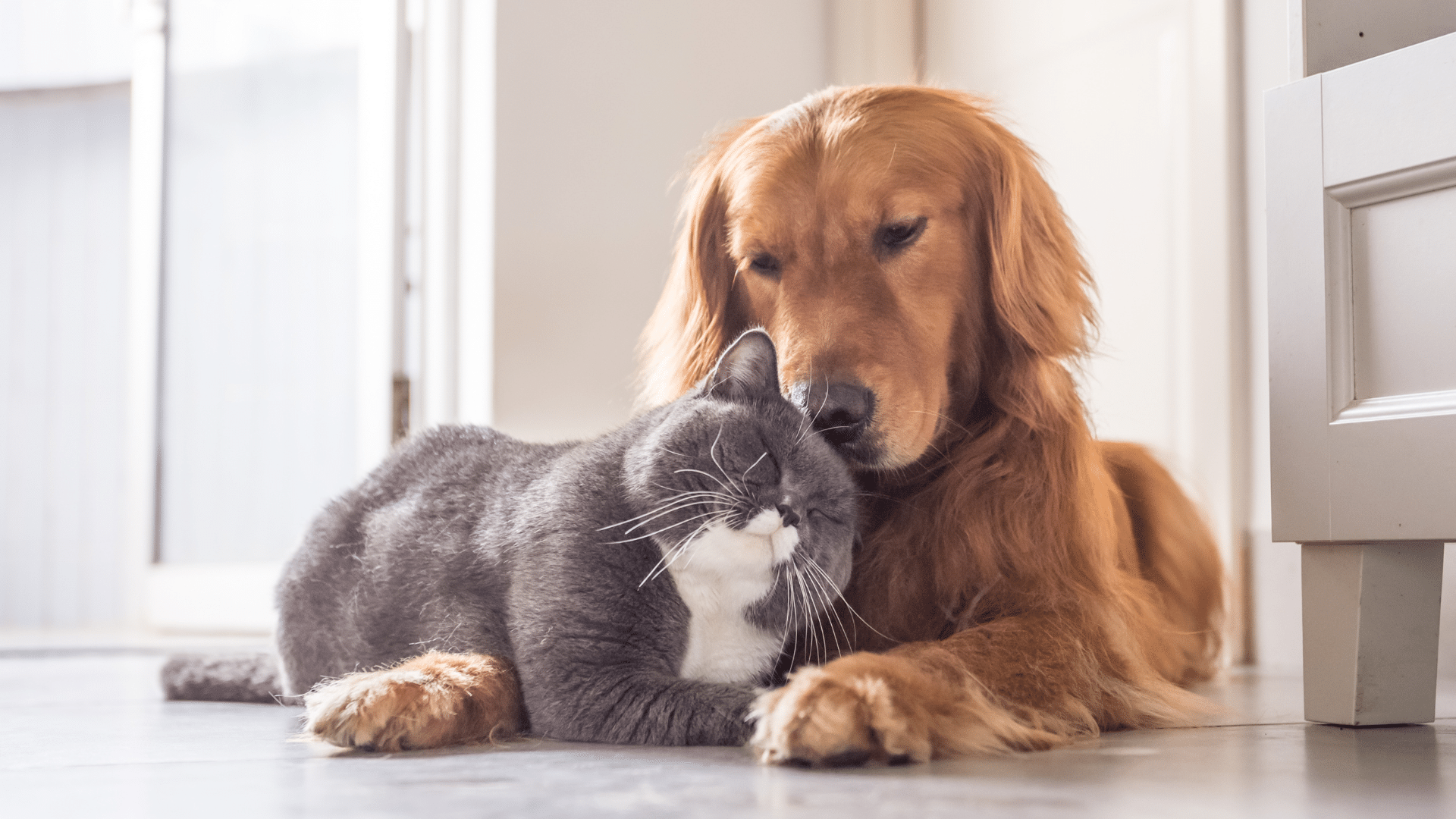
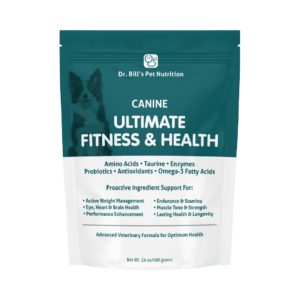

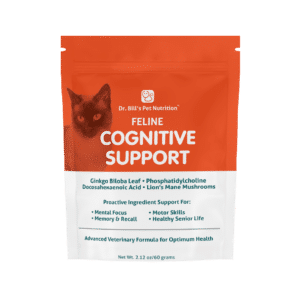
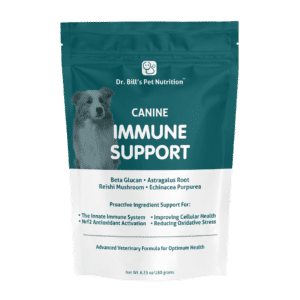
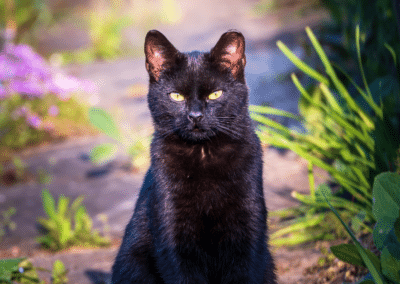

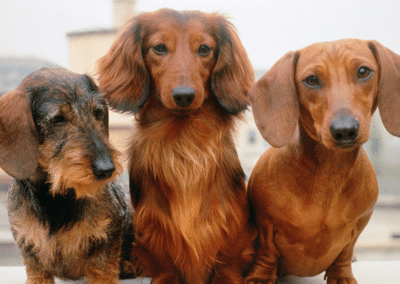
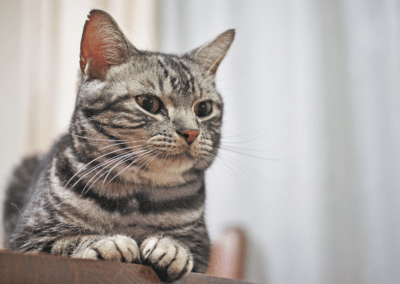



0 Comments